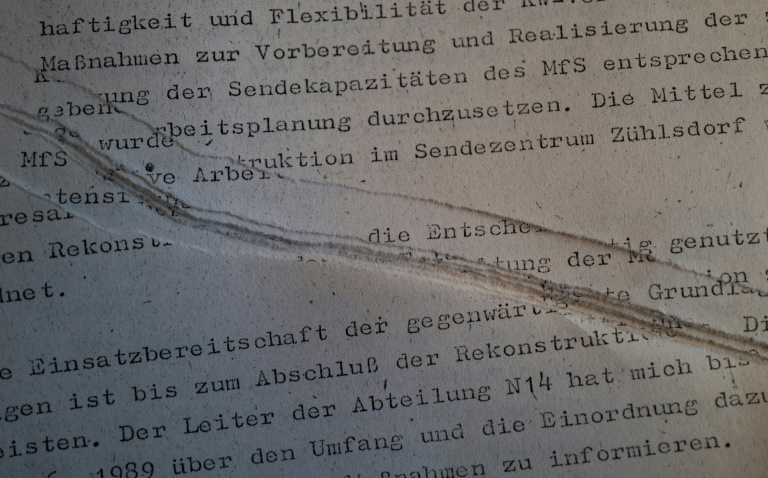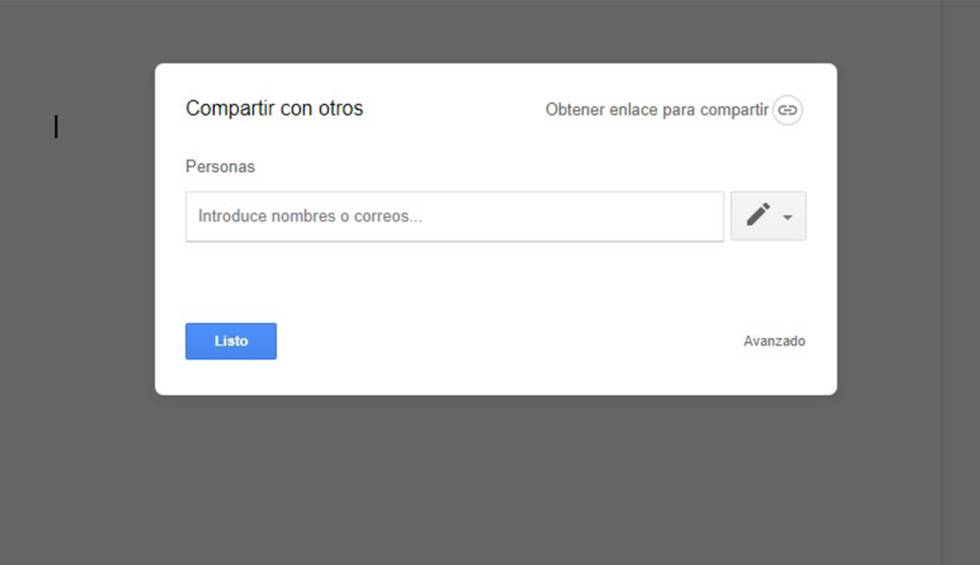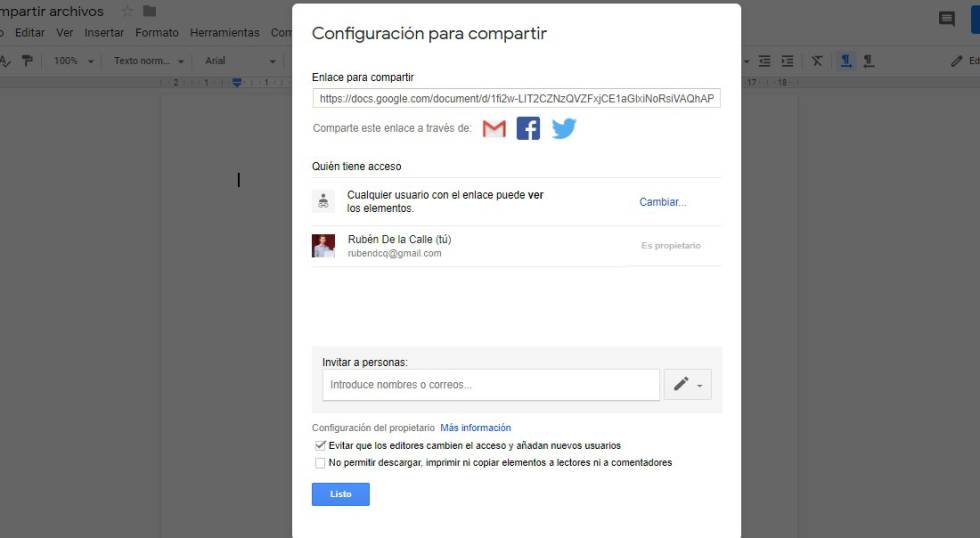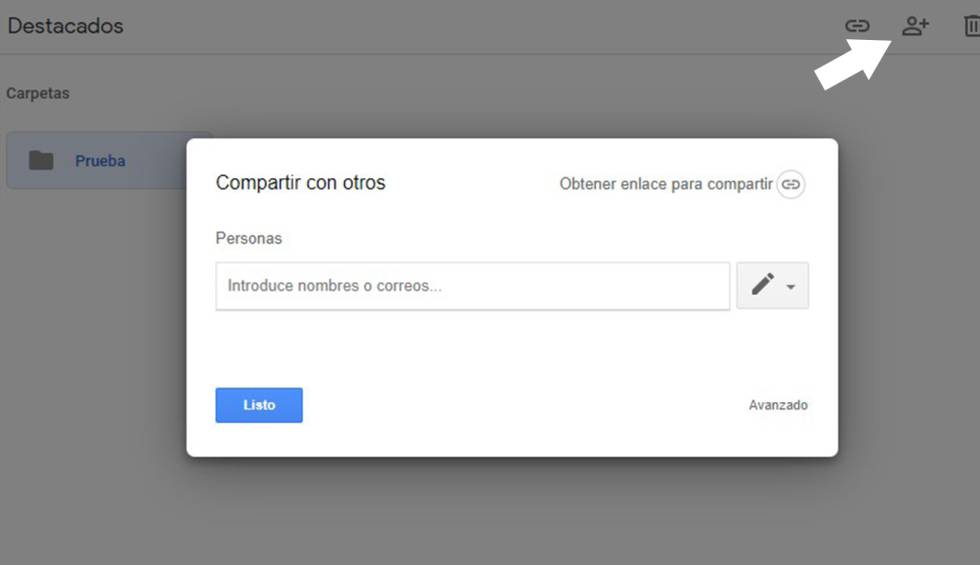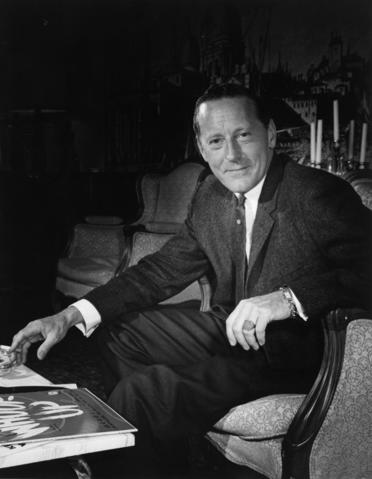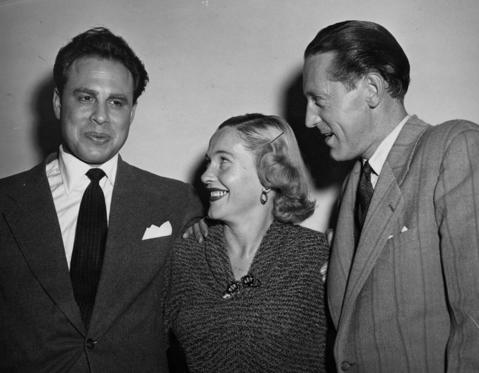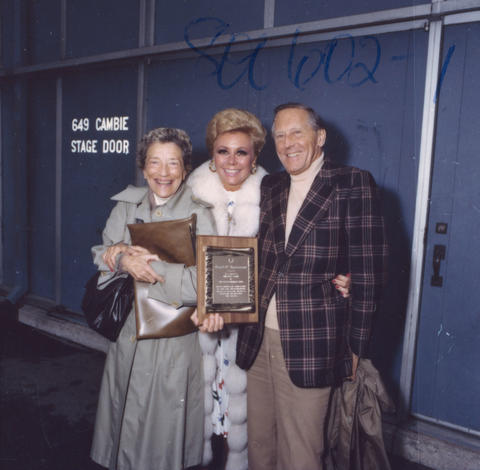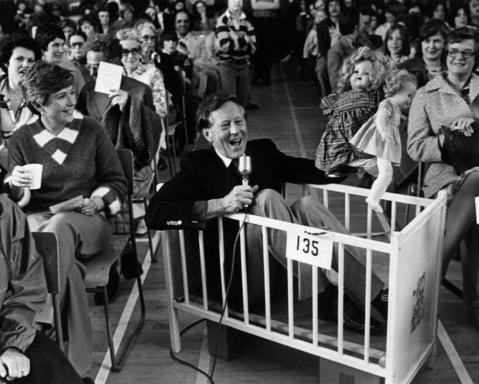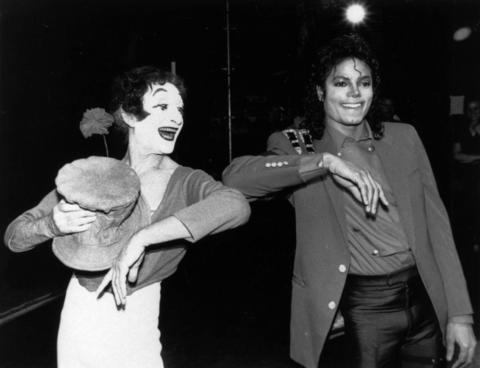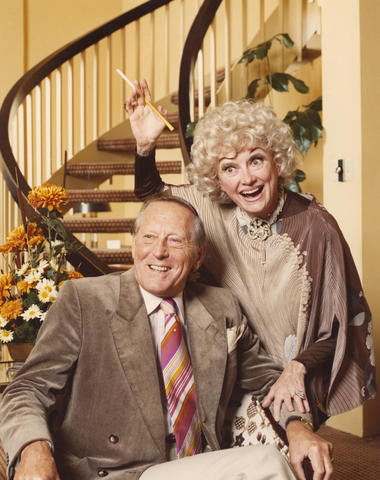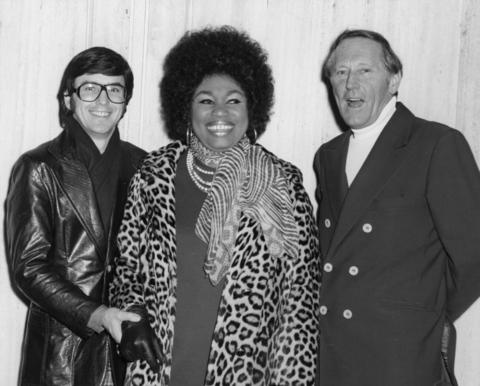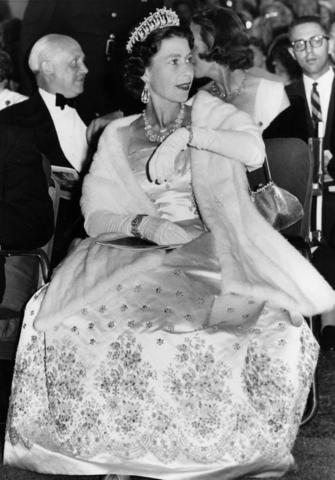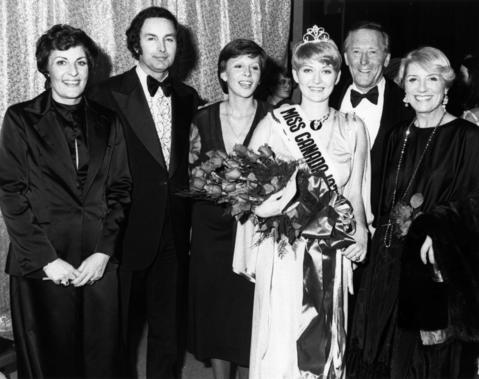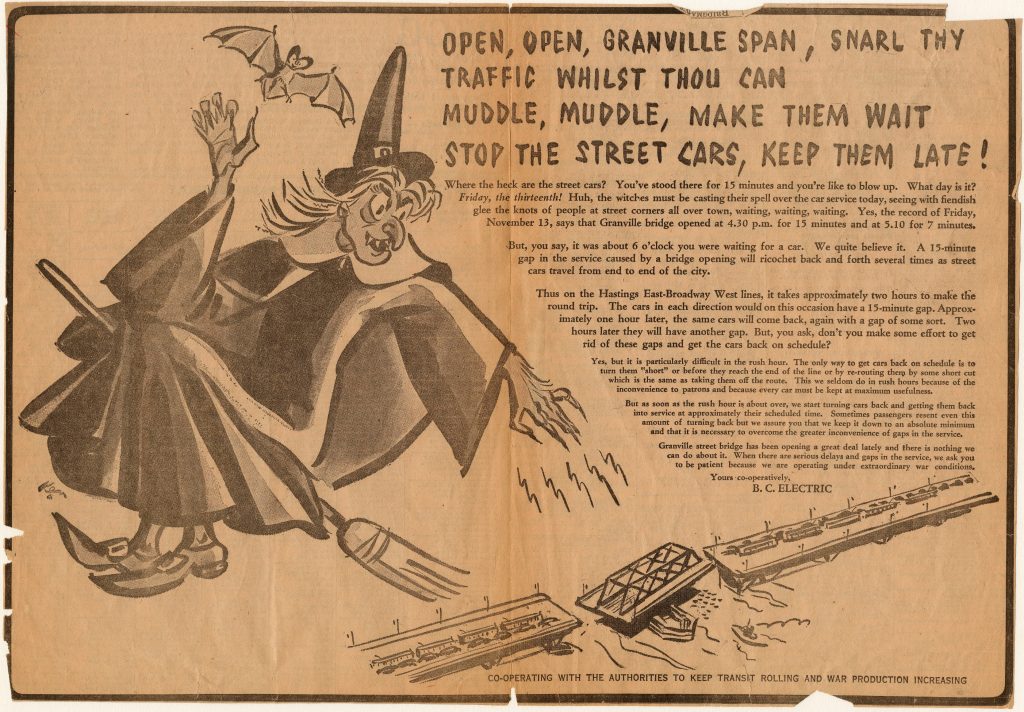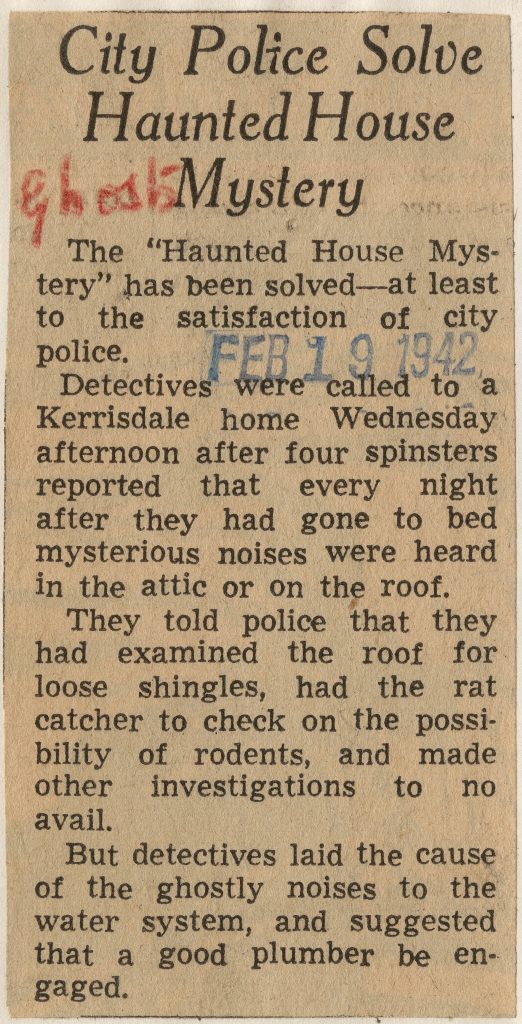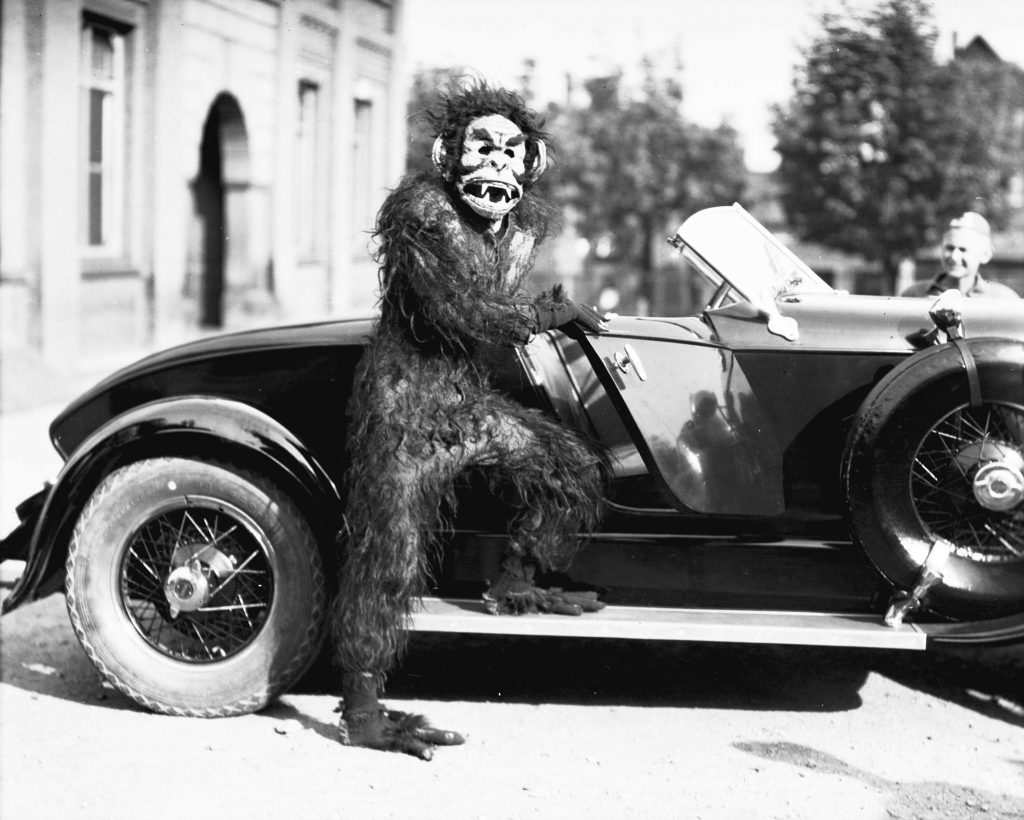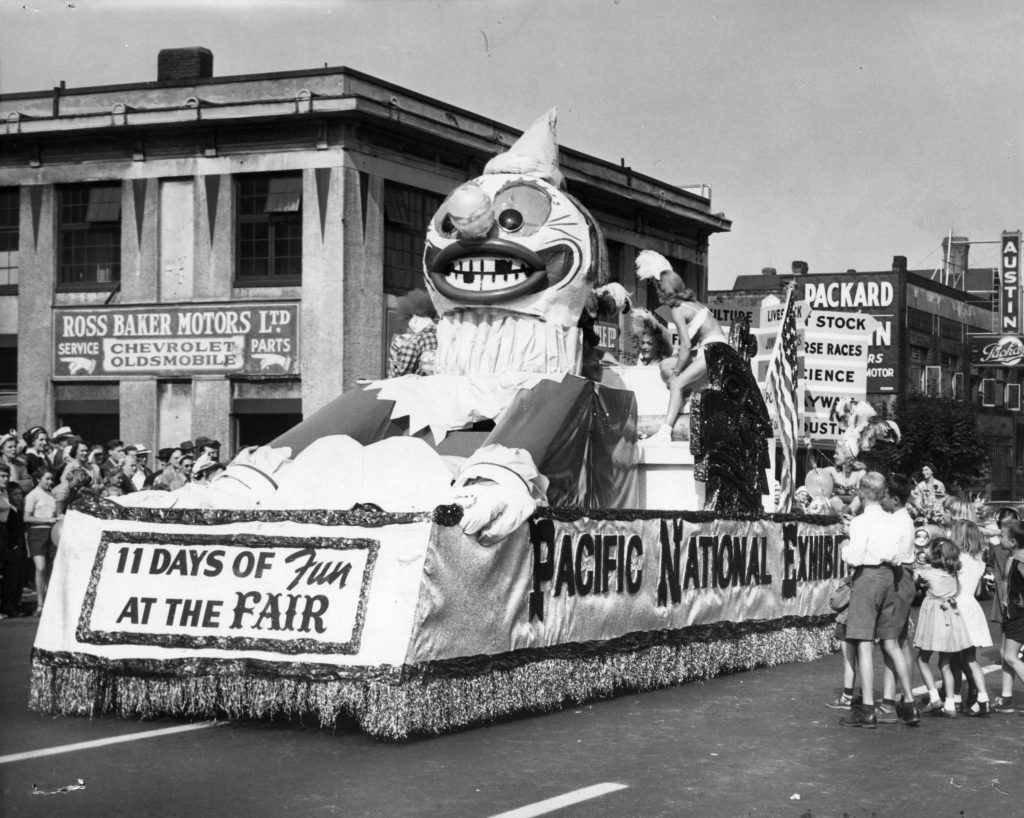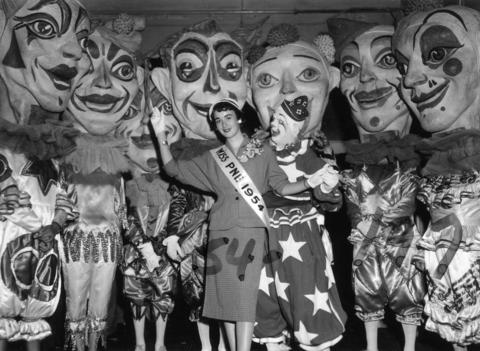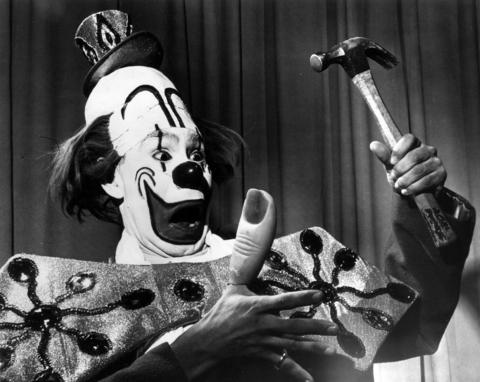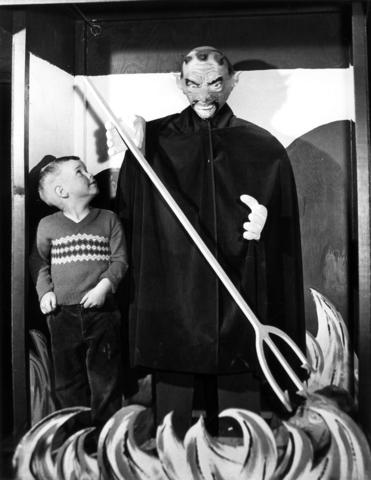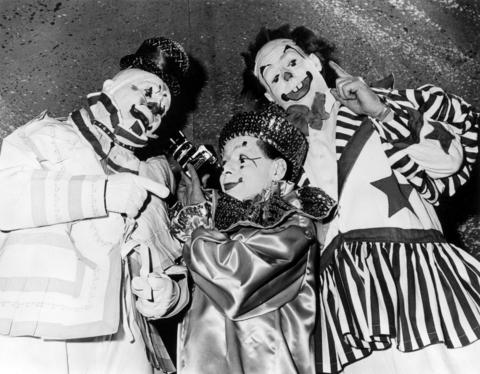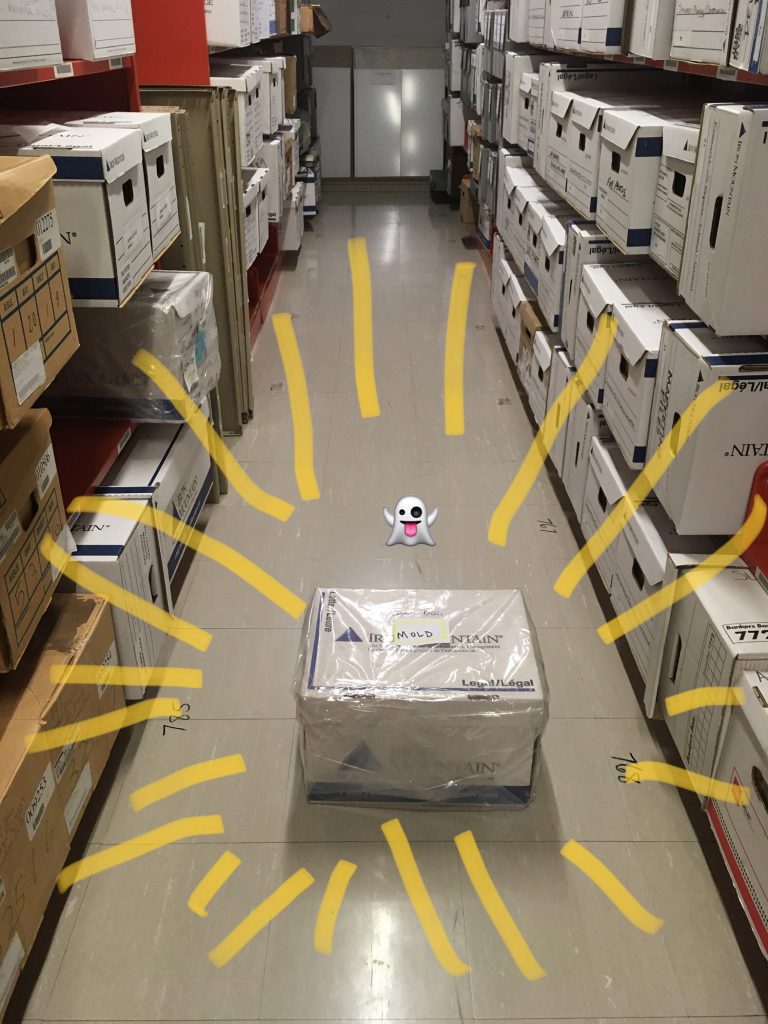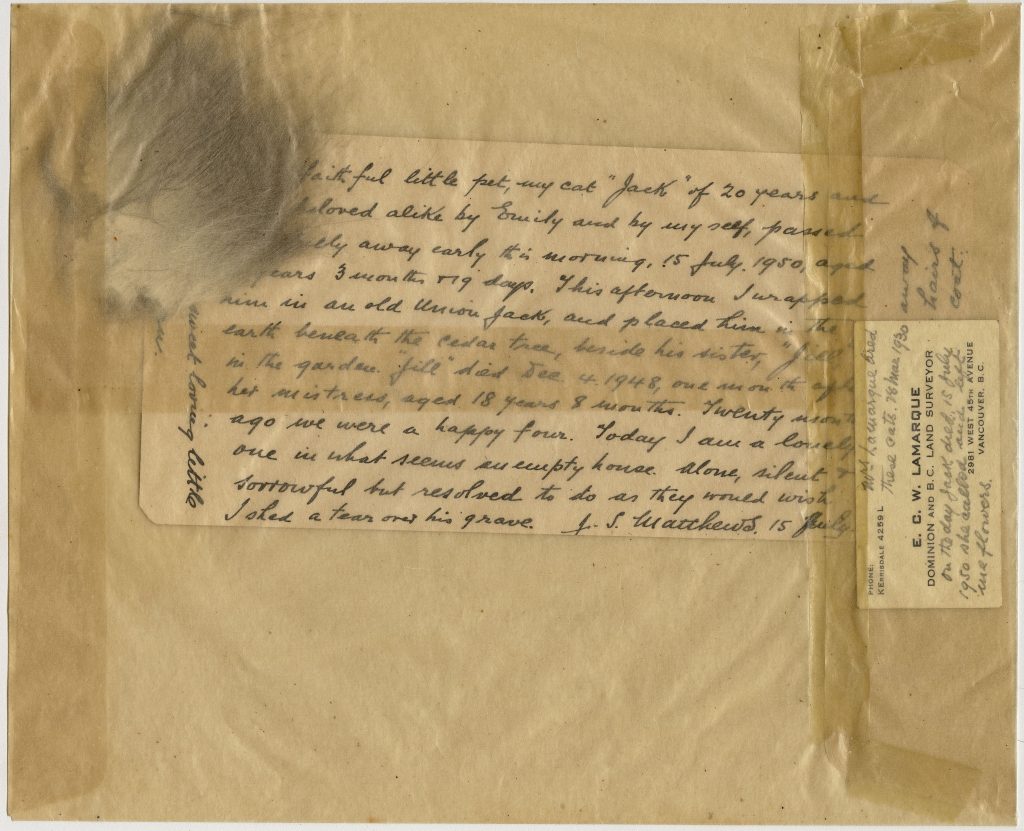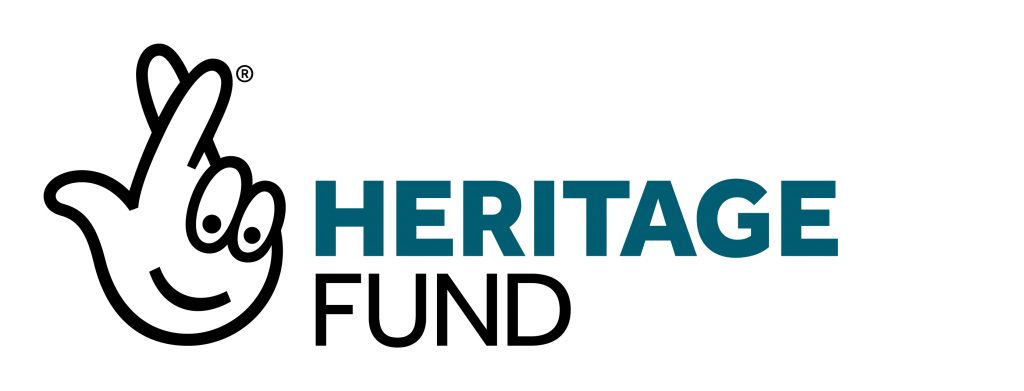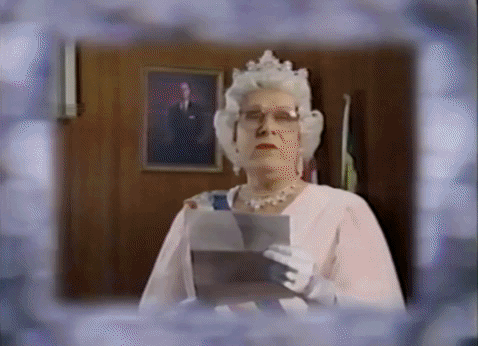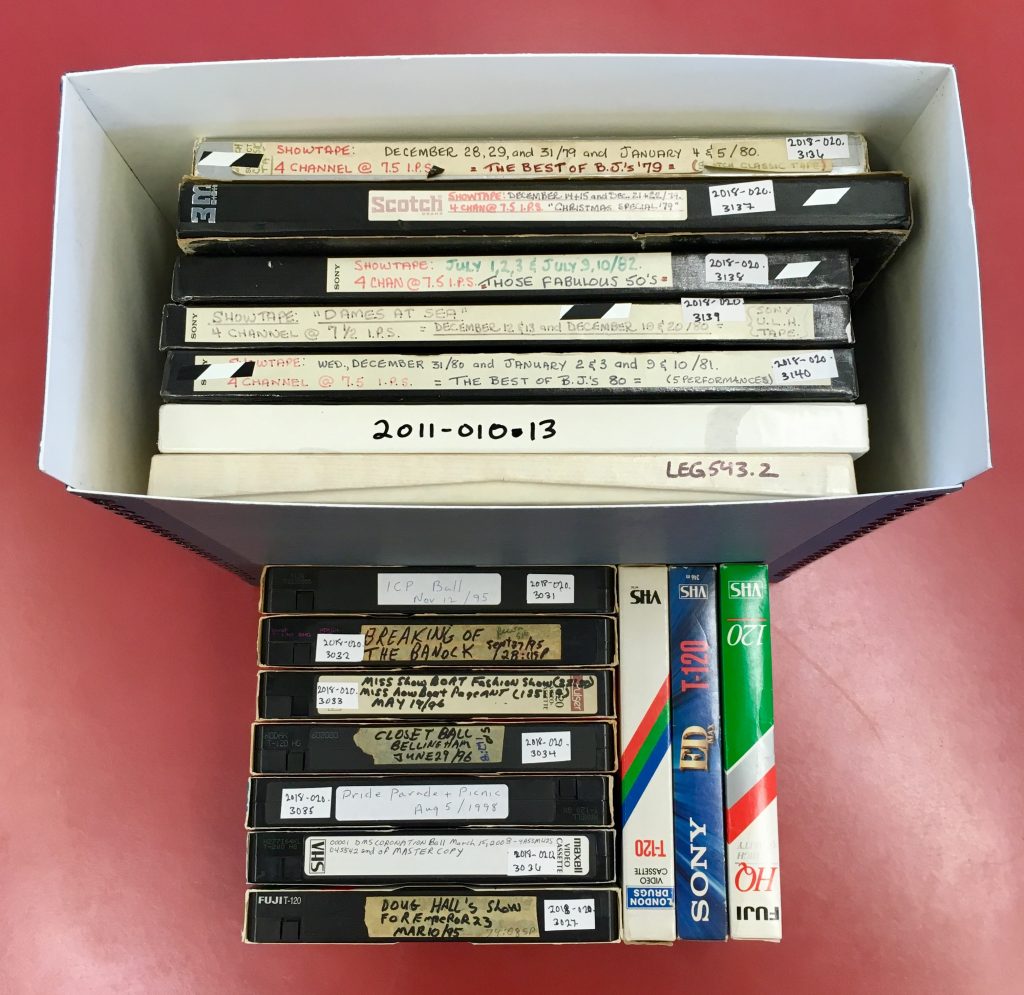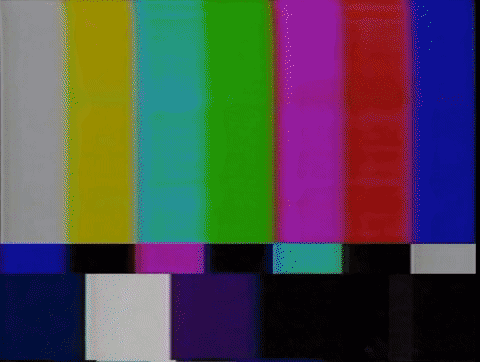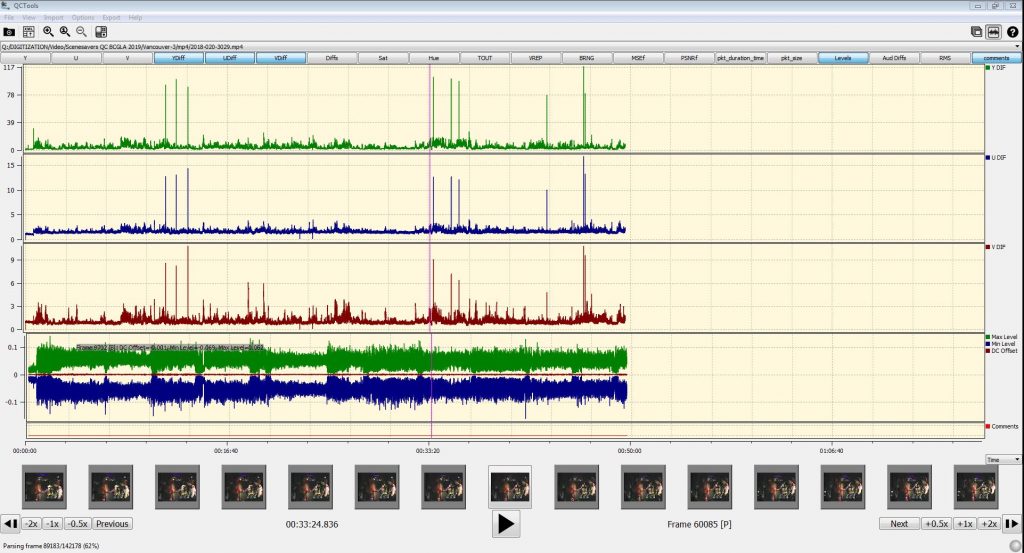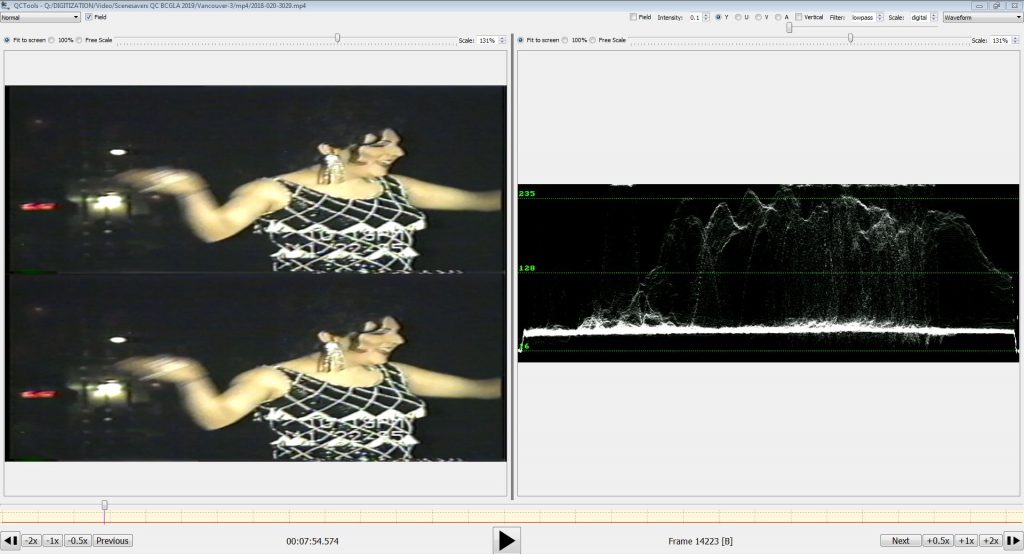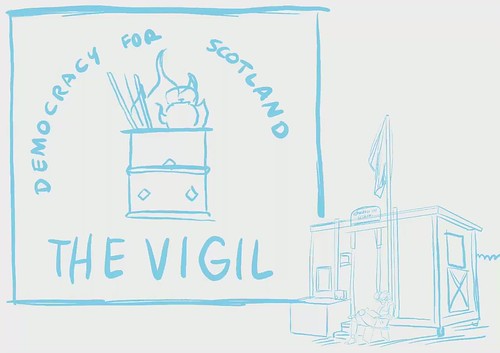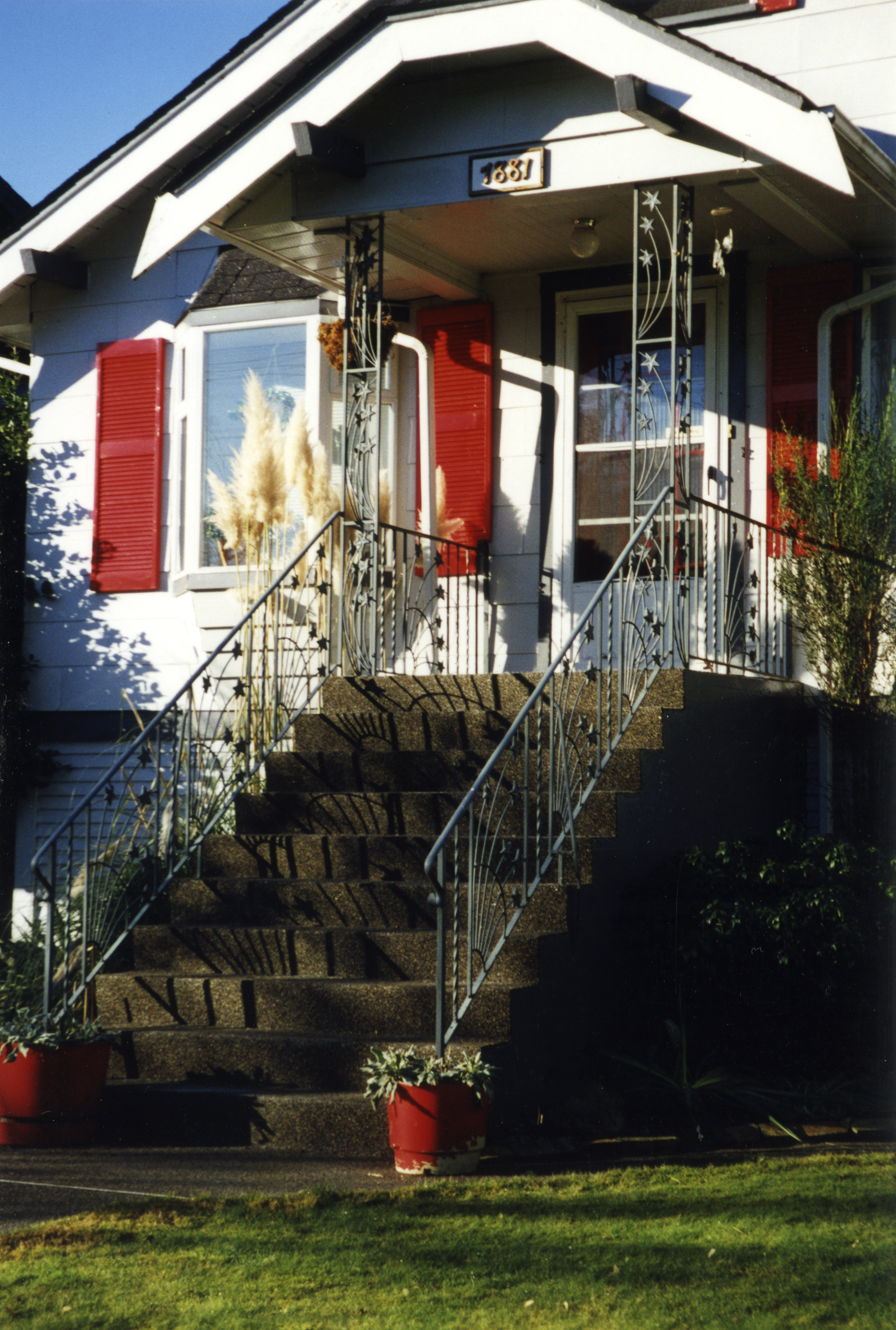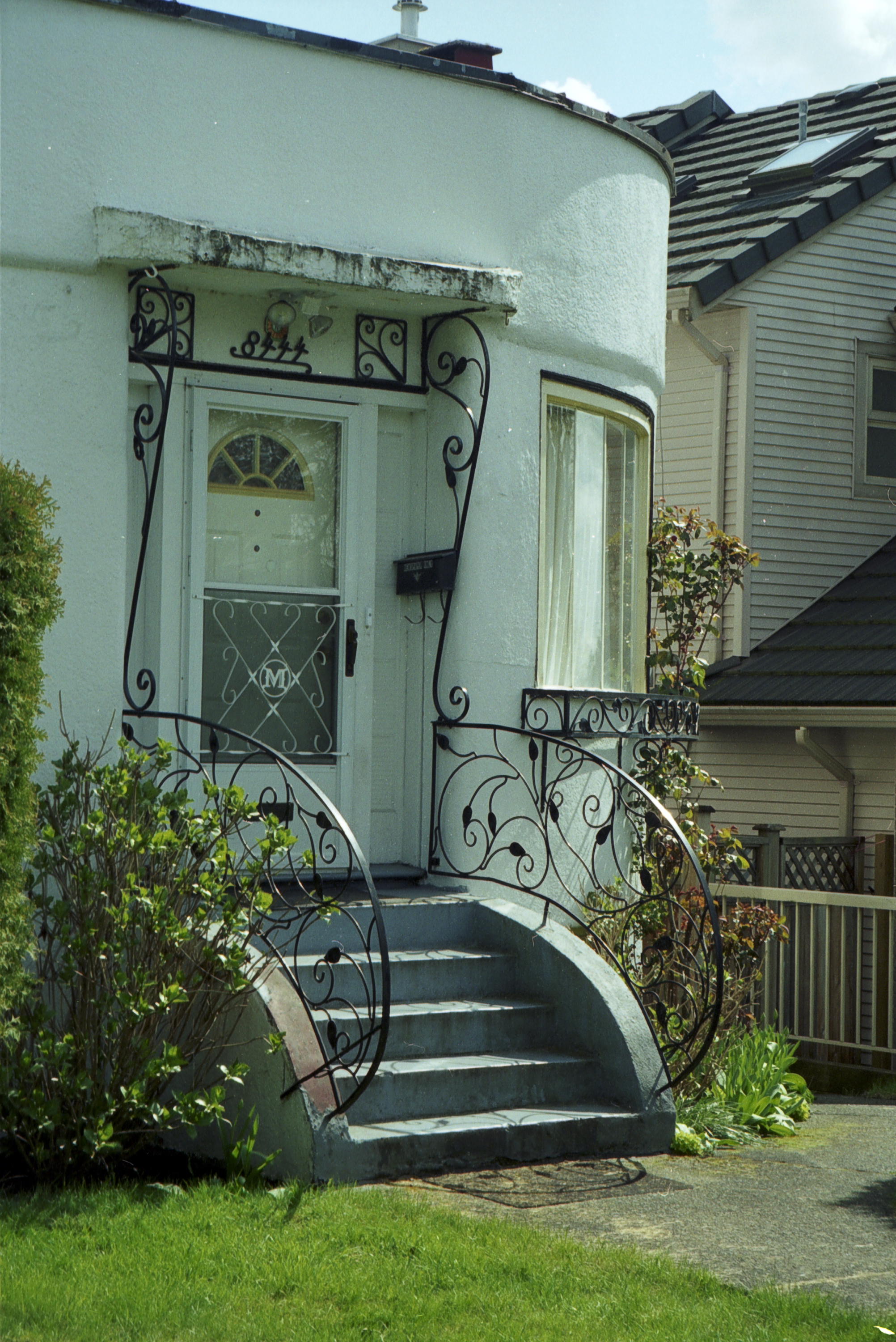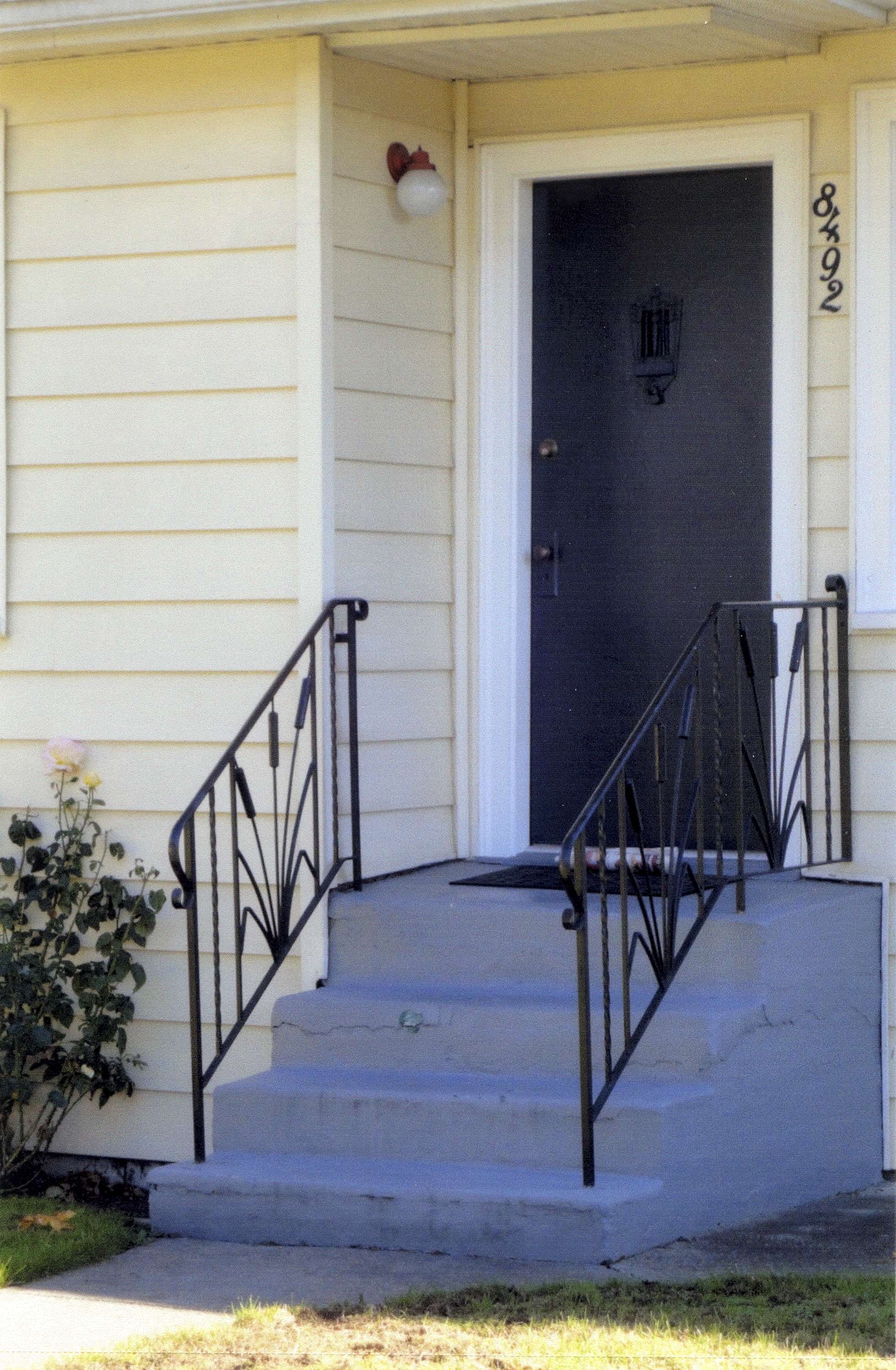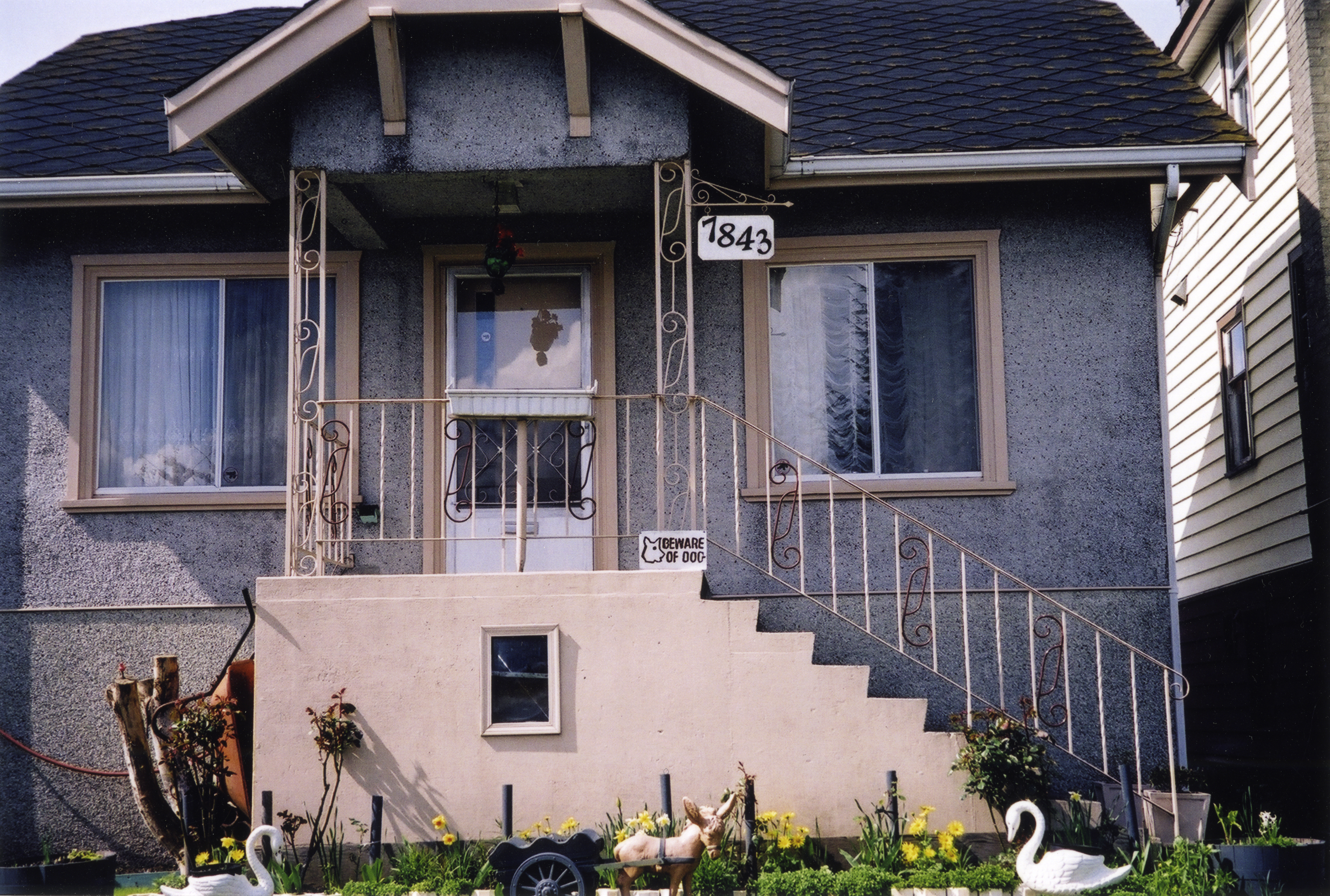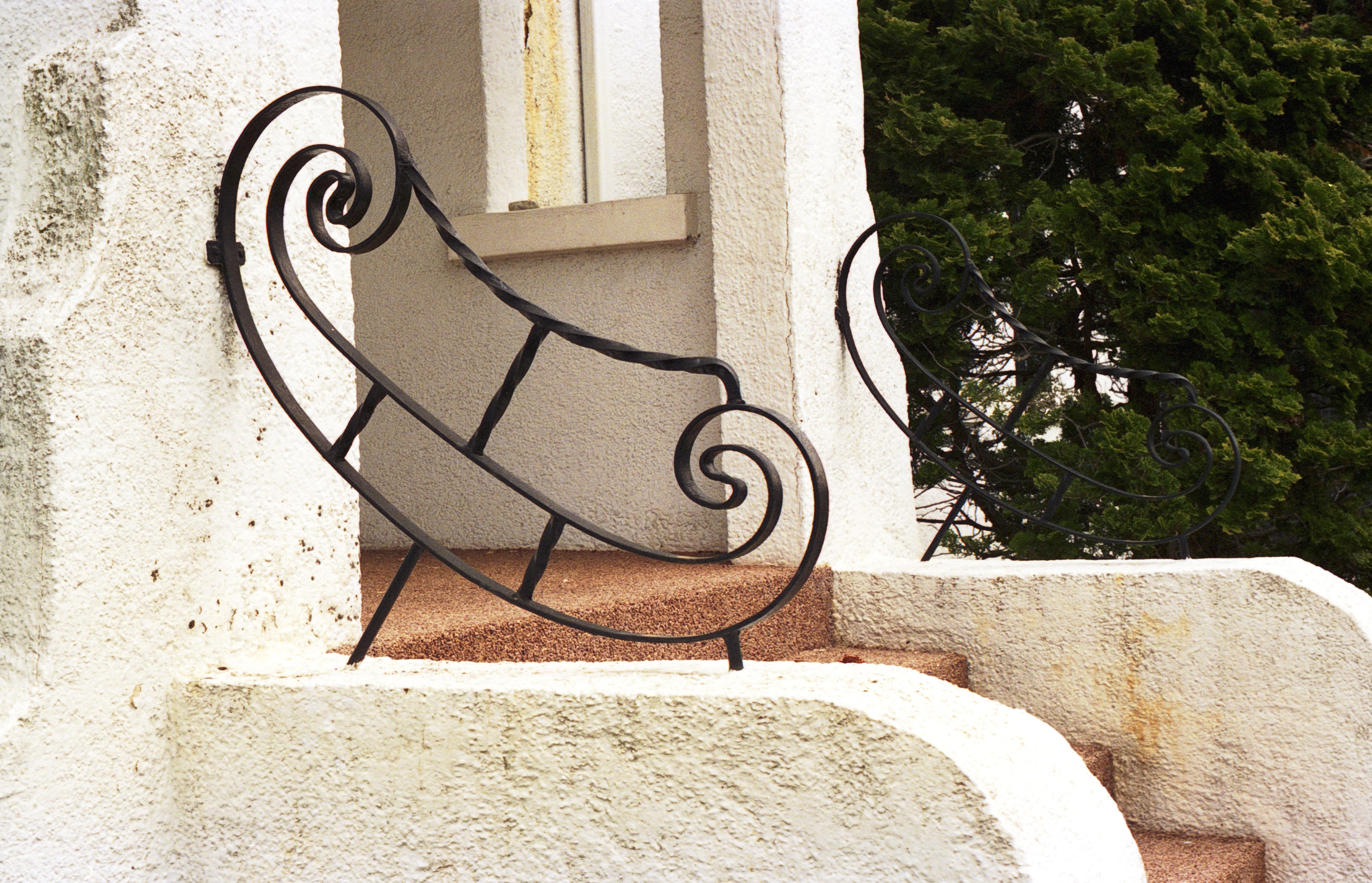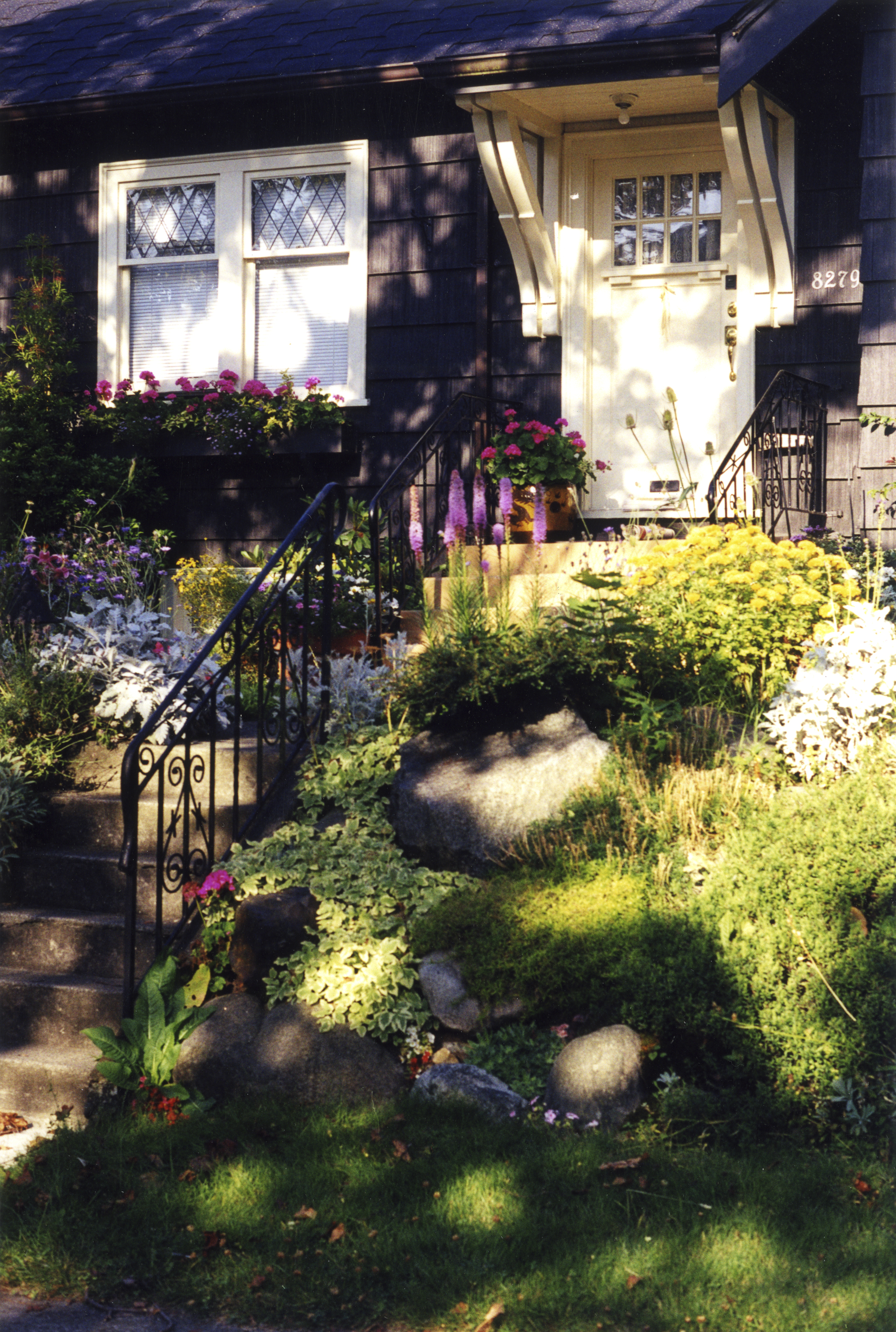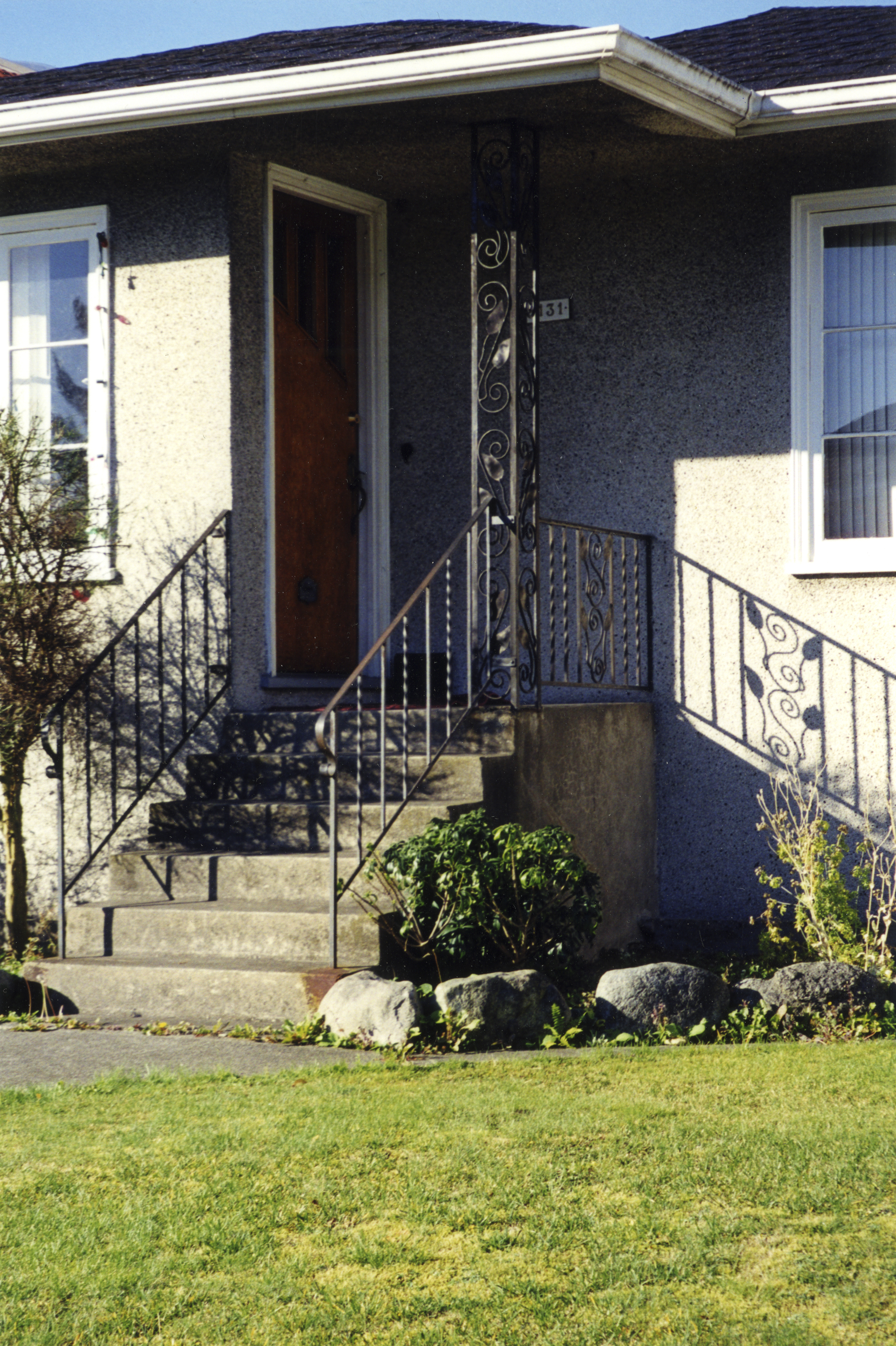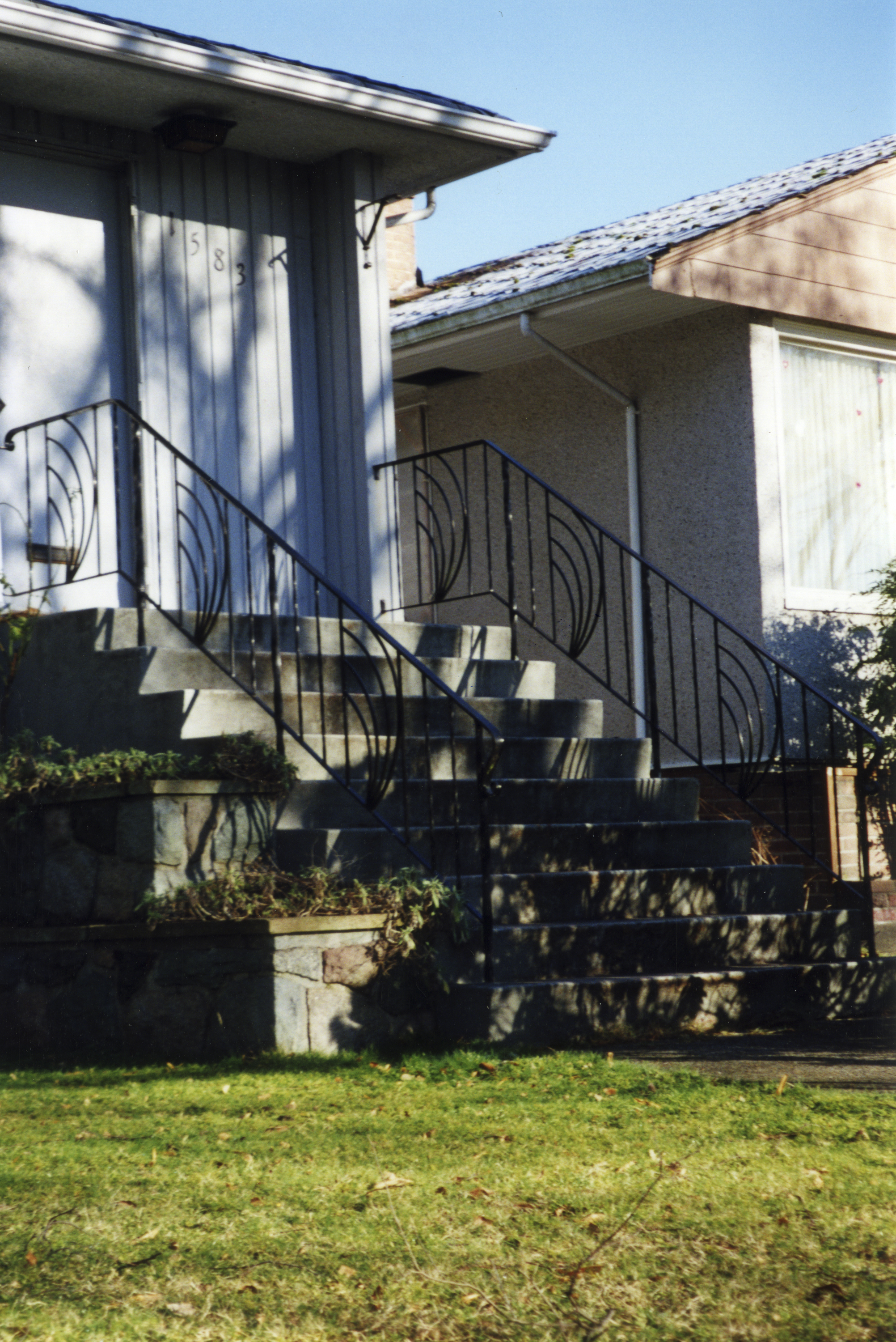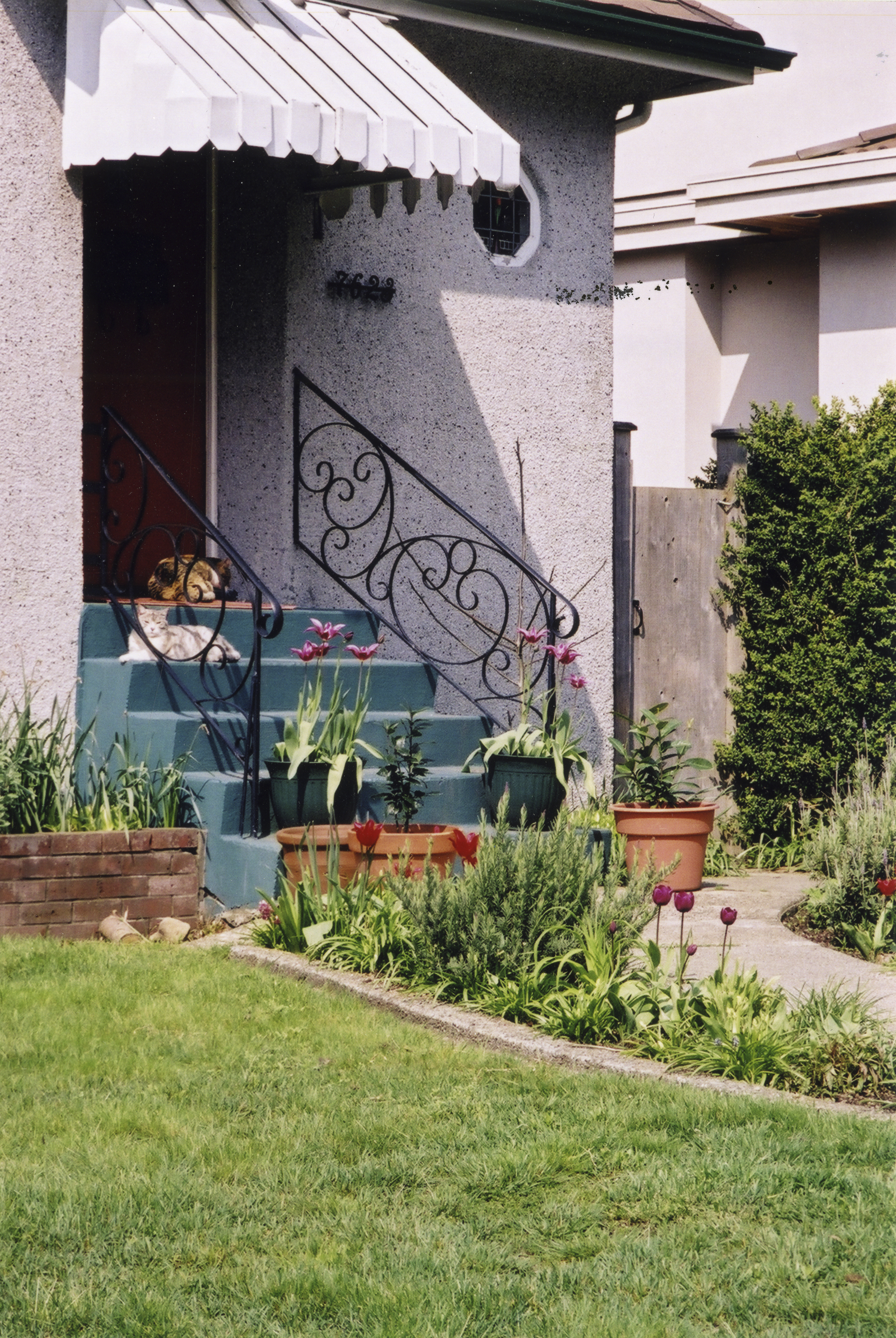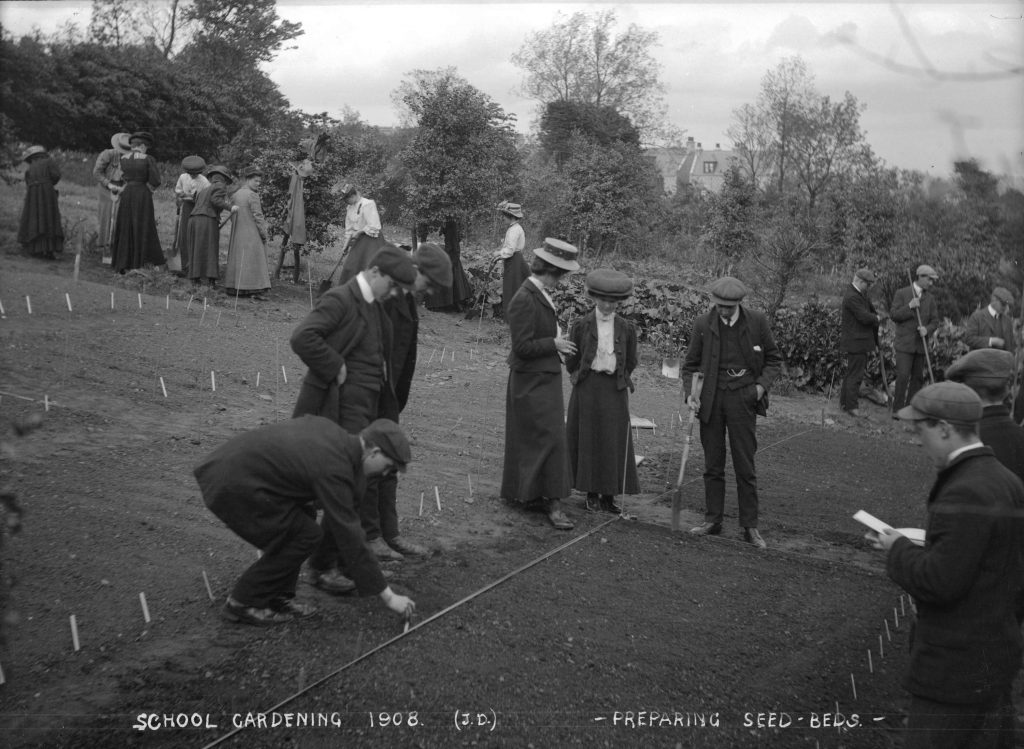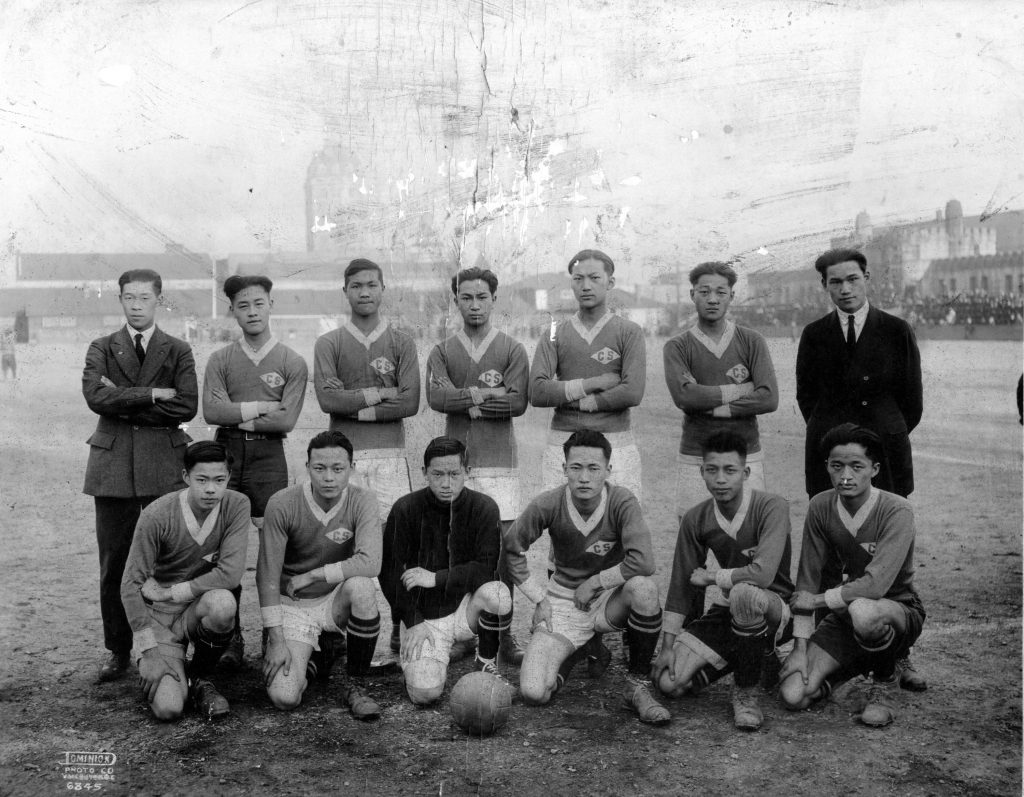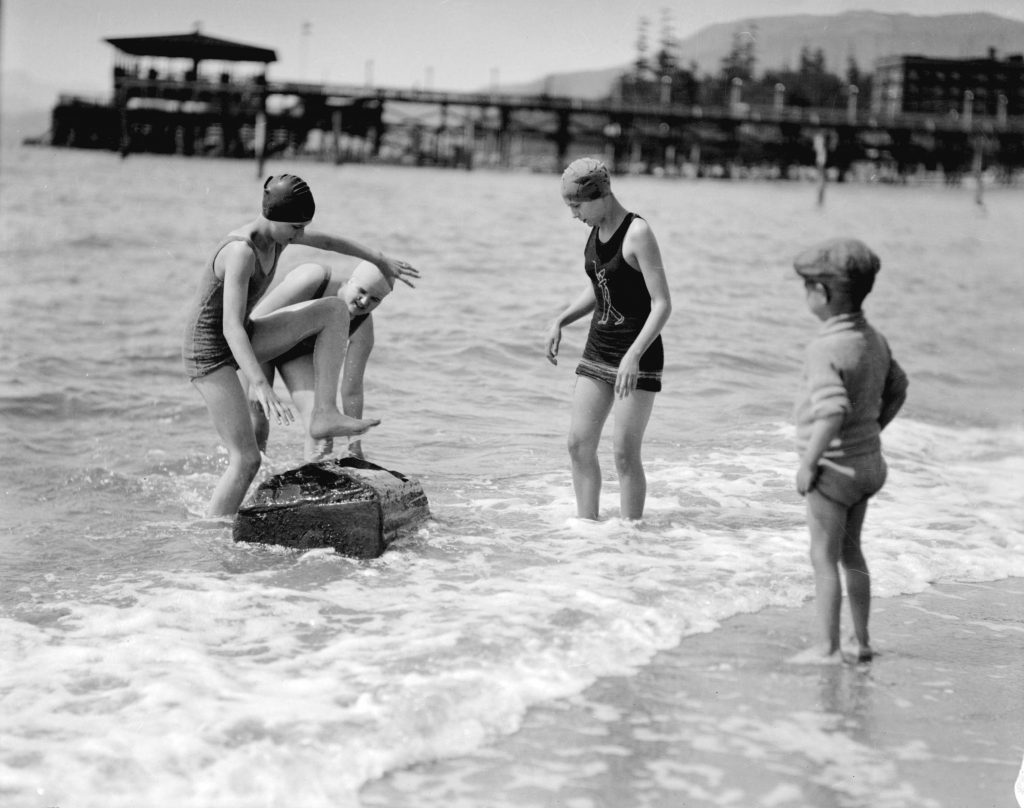https://www.vaticannews.va/
Los cuatro volúmenes de “La Cuestión Caldea y Asiria” suceden a la publicación de “La Cuestión Armenia”, realizado en siete volúmenes por el mismo autor, el p. Georges – H. Ruyssen SJ. El pasado sábado 9 de noviembre se llevó a cabo la presentación en el Pontificio Instituto Oriental. Presentes en el evento, el padre David Nazar SJ, Rector del Pontificio Instituto Oriental, el Prefecto de la Congregación para las Iglesias Orientales y Gran Canciller del mismo Instituto, Cardenal Leonardo Sandri, y Monseñor Farman, en representación del Patriarca Sako de la Iglesia Caldea.

Cardenal Leonardo Cardenal Leonardo Sandri, foto de archivo
Ciudad del Vaticano
Este sábado 9 de noviembre se presentó en el Pontificio Instituto Oriental la obra en cuatro volúmenes “La cuestión caldea y asiria 1908-1938” del padre Georges-H. Ruyssen, SJ. Además del autor del libro, estuvieron presentes en el evento Monseñor Farman, en representación del Patriarca Sako de la Iglesia Caldea, y el Prefecto de la Congregación para las Iglesias Orientales, el Cardenal Leonardo Sandri.
Los cuatro volúmenes de “La Cuestión Caldea y Asiria”, suceden a la publicación de “La Cuestión Armenia”, realizado en siete volúmenes por el mismo autor, y constituyen, tal como afirmó el padre David Nazar SJ, Rector del Pontificio Instituto Oriental, una “garantía de sobrevivencia de una herencia cultural para cada iglesia oriental presente”.
El Cardenal Leonardo Sandri, como Prefecto de la Congregación para las Iglesias Orientales y Gran Canciller del Instituto Oriental, se dirigió a los presentes señalando algunas notas suyas entorno a la actualidad, la diplomacia y los archivos.
Historia siempre actual
En relación a la primera, expresó que “hojeando la introducción y las páginas”, parece “desgraciadamente leer los numerosos documentos que todavía llegan hoy de los representantes papales y de los pastores de las diversas Iglesias de Oriente Próximo y Medio, con muchas preguntas que estaban presentes entonces y que siguen estando presentes hoy”. Enunció entre ellos “las emigraciones forzadas y los episodios de persecución”, “el debate sobre la creación o no de espacios protegidos para los cristianos en Siria o en Irak, con los riesgos de los diversos nacionalismos asirios o caldeos”, “ el Líbano como único país que puede acoger a los cristianos de la región”, “las relaciones ecuménicas, las tensiones con algunos grupos evangélicos occidentales en el reparto de la ayuda y en los intentos de proselitismo”, y otros.
Sin la diplomacia los débiles tendrían aún menos voz
En relación a la diplomacia, el Prefecto destacó la labor de los delegados apostólicos, los nuncios y representantes ante la Sociedad de Naciones, señalando que “lo que algunos pueden entender como trabajo de escritorio, o como una forma de profesionalismo que se aísla del santo pueblo de Dios con sus alegrías y sus muchas pruebas y sufrimientos, a través del trabajo realizado por el Padre Ruyssen sale a la luz como una alta forma de acompañamiento y servicio a las Iglesias y a los pueblos, especialmente a los más probados, como un verdadero y propio servicio eclesial”. “Sin esta presencia capilar, – dijo – entonces como ahora, los débiles tendrían aún menos voz, y muchas tragedias pasadas en el silencio cómplice y culpable de los diversos actores internacionales”.
La historia eclesial es una memoria del futuro
Si la Iglesia “no hubiera conservado sus Archivos como un precioso tesoro de su propia identidad”, señaló por último, “esta obra”, fruto del “esmerado trabajo del p. Ruyssen y de los archiveros”, no habría “visto la luz”.
La historia eclesial es una memoria del futuro. Creo que lo que estamos viviendo sea uno de los primeros acontecimientos tras el Motu Proprio del Papa Francisco que cambia el nombre del Archivo Secreto Vaticano por el de Archivo Apostólico: “Reafirmando el deseo activo de servir a la Iglesia y a la cultura, el nuevo nombre pone de relieve el estrecho vínculo entre la Sede Romana con el Archivo, instrumento indispensable del ministerio petrino”.
La Iglesia – concluyó el cardenal citando al Papa Francisco – «no tiene miedo de la historia, es más, la ama, y quisiera amarla más y mejor, como la ama Dios».

